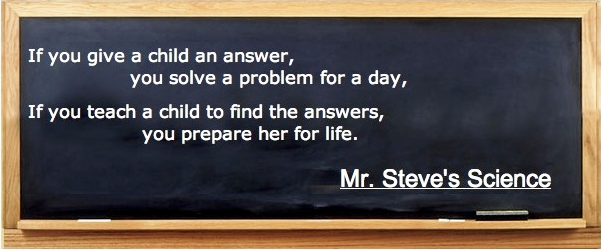I was on Cape Cod with the family and went on a "Computer/Internet diet" but I did think about fractions and kids and learning. Checked out all the books on fractions from the local library and watched some PBS shows with the kids (we don't have TV at home, don't wan't the kids to "distract themselves to death", but PBS does some wonderful things we can learn from and use). Here is a brief summary:
Sid the Science Kid, had an episode, where they were talking about measurement and they used their bodies to measure a room, at first laying down, marking the spot, the laying down again. They then made a paper trace of Sid's body and used the paper tracing to measure. Then I thought you could use this and when you get to the end of the room and lets say there's 1/4 of a Sid left. How could you measure 1/4 of Sid (well fold in half and then in half again). But what if it was 1/5 of a Sid? Or they wanted to measure items smaller than their unit Sid? We could come up with some lessons where everyone uses their own units (with paper tracing). Also if you taped papers together you could use two units "Sid Head to Heel" and "Sid finger tip to finger tip" (with arms spread). Then measure again at the end of the year (to drive home the importance of standard units and have some fun.
Don the MathMan Cookie Cutter Problem - Don actually raised a good question, in his comment on the Day 4 post: "I think starting with just coloring in without the goal of infinite series is a mistake- as my parent said-boring, irrelevant." Which got me thinking how do we introduce and grab kids. Don's cookie cutter problem is a good one.
Math Circles: I am helping edit (more accurately reviewing and making comments as time permits) on Math Circles one take aways from this wonderful book is that kids need time to play and digest after a lesson. Also Maria's chapter got me thinking about how we can provide kids with concrete fraction experiences in the kitchen and elsewhere.
And that is the question I ask, how can we provide kids with concrete experiences with fractions?

No comments:
Post a Comment